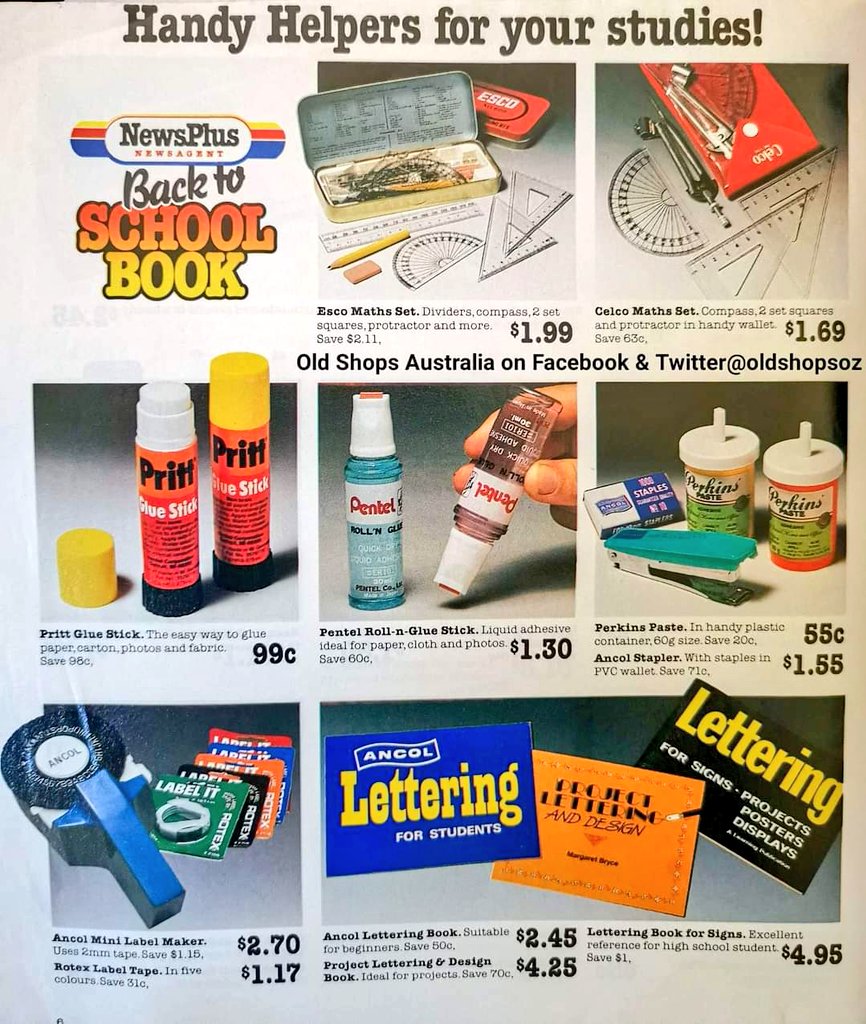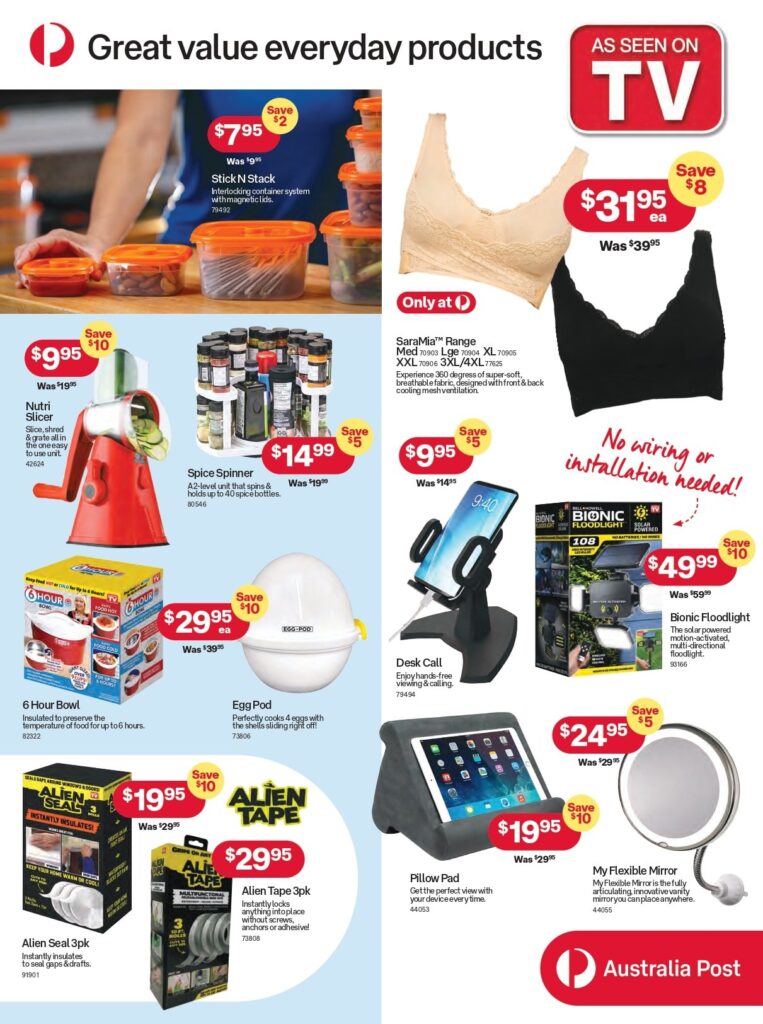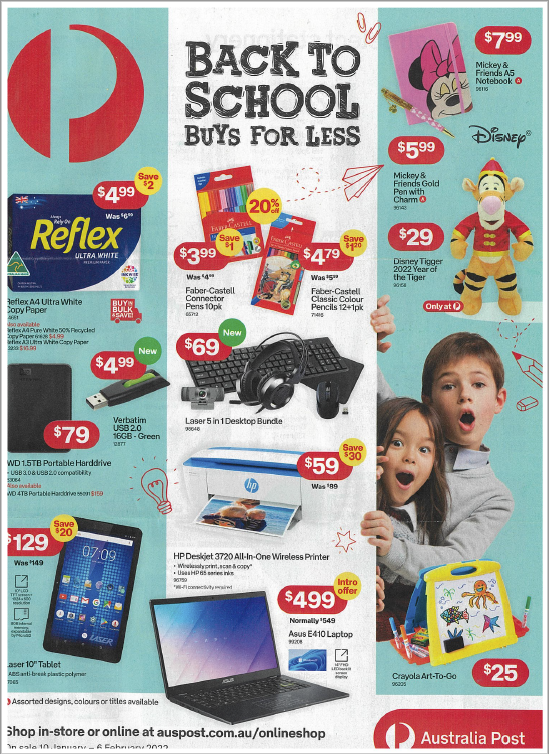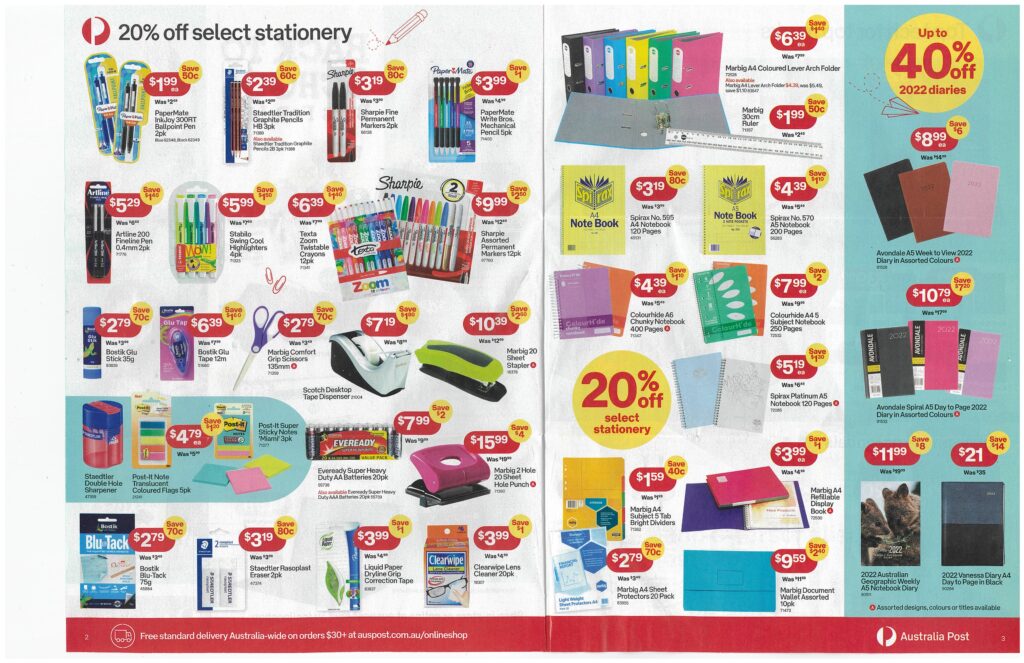Reed sent out this notice today, announcing the postponement of their Sydney Gift Fair, due to start in a few weeks. This is a blow to retailers and suppliers, but, understandable given the Covid mess, especially in NSW:
An Important Update from Reed Gift Fairs
This week has been pivotal in our planning for the upcoming Reed Gift Fairs Sydney event, scheduled for 19-22 February 2022.
While we ended 2021 optimistic that Reed Gift Fairs Sydney would run safely and successfully next month, it has become clear after consultation with our community that the recent COVID-19 Omicron outbreaks have made it extremely difficult to confidently plan for the upcoming event.
As a result, RX (Reed Exhibitions) have made the necessary decision to postpone Reed Gift Fairs Sydney to the new dates of 9-12 April 2022, co-located with Life Instyle at the ICC Sydney.
Although we currently have permission to operate the event under our detailed covid-safe plan with the venue and NSW government, the resounding feedback from the industry, and our own priority as organisers, is that the health and safety of our exhibitors, attendees, partners and staff will always come first. Our team has worked hard to create what would have been an invaluable return to business events, however with Omicron cases expected to peak in the coming weeks, the large majority have voiced their concern for not only health reasons, but travel disruption and the potential impacts of isolation periods away from their businesses and families.
While this will be disappointing news for all concerned, the new dates in April will provide an additional 7 weeks for conditions to improve, whilst still sitting as close as possible to the traditional buying season, allowing both exhibitors and attendees alike to travel and attend events with more confidence to achieve their business objectives.
We fully understand and appreciate the level of planning that is required to participate in an event like ours and we will do our utmost to help all our customers, partners and attendees to prepare for the new dates. Further information will be shared in the coming weeks but if you have any questions, please do not hesitate to contact our Customer Service Team on 1800 571 960.
Although the impacts of COVID-19 have been with us for longer than anyone may have originally expected, it is imperative that we continue to work together. As we adjust to living with Covid in our community and continue to learn how best to balance the need to return to business, exhibitions will remain an important part of the retail supply chain, as will RX’s commitment to keep our community connected.
We thank our community once again for all of your encouragement and support during this challenging time and we hope to see you in Sydney in April.
Kind regards,
The Reed Gift Fairs Team
This was an expected move given announcements about other trade shows and the impact of Covid on businesses and travel.
What was unexpected is news about AGHA proceeding, as reported at GIFTGUIDE:
BREAKING NEWS: AGHA Sydney Gift Fair to go ahead in February 2022
After two years of ‘no shows’, AGHA has decided to hold its Sydney Gift Fair as planned from 18 to 21 February at Sydney Olympic Park.
AGHA CEO Wayne Castle says there has been high demand from retailers to see new products and meet with new suppliers.
“Continually cancelling business-to-business events would lead to a huge shift and downturn in the way people market their businesses, make sales and communicate with clients and suppliers,” he explains.
“As the leading industry association in the gift and homewares sector it is incumbent on AGHA to help the industry thrive in a new norm.”
Indeed, after much consideration regarding the current Covid situation and respecting the urging by industry leaders and chief medical officers that business must accept living with Covid as the new ‘norm’, the AGHA board made the positive decision to proceed with the AGHA Sydney Gift Fair.
“Unlike last year, there are no current health order restrictions preventing business events from being held in NSW. Also, it is no different than a shopping centre environment where retailers currently operate every day in a safe Covid environment and have learnt to deal with Covid restrictions.
“Covid-safe protocols and procedures will be adopted throughout the fair including increased open spaces, less queuing, wider aisle ways where possible and enhanced social distancing opportunities.”
The news of the Sydney Gift Fair finally returning in 2022 has been received well by most exhibitors and visitors who understand the need to continue to operate and manage their businesses in a safe controlled environment. However, Castle expects the fair to be mainly a Sydney centric affair and adds that some big companies, mainly from interstate, have pulled out.
“Normally, attracting tens of thousands of Australian and international retail buyers demonstrates the ongoing relevance of this important trade exhibition for retailers who are seeking the latest brands and seasonal products entering the market.
“However, for more than two years, industry buyers have been unable to physically see and source new products, meet face-to-face with their suppliers and network with colleagues. For continued growth of the industry and economy it is crucial that businesses continue to operate and grow despite Covid-19.”
Sydney Gift Fair will once again feature the Australian Made pavilion, Artisans Lane, Launch Pad for business start-ups and a New Products showcase together with the usual extensive range of suppliers.







